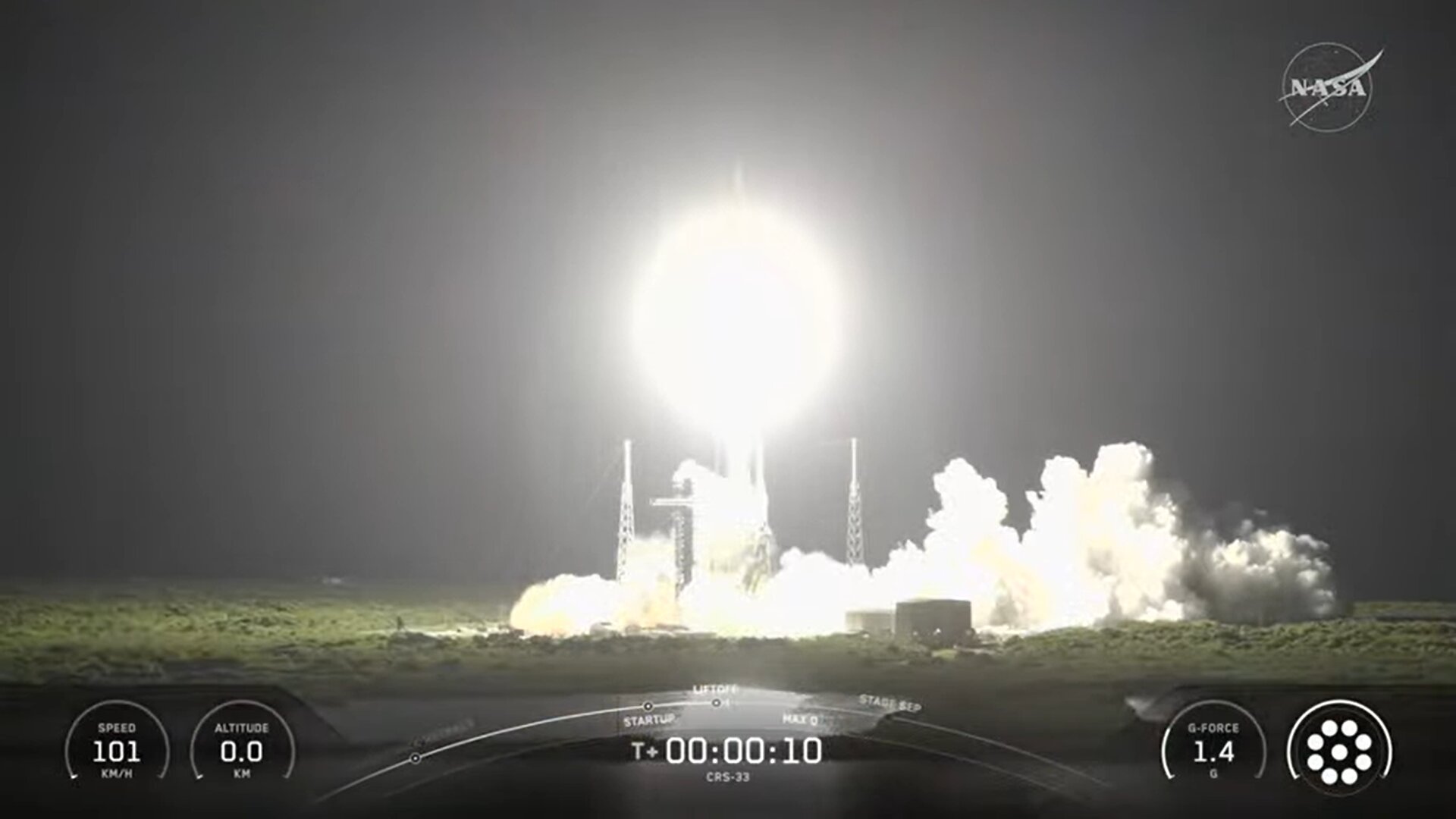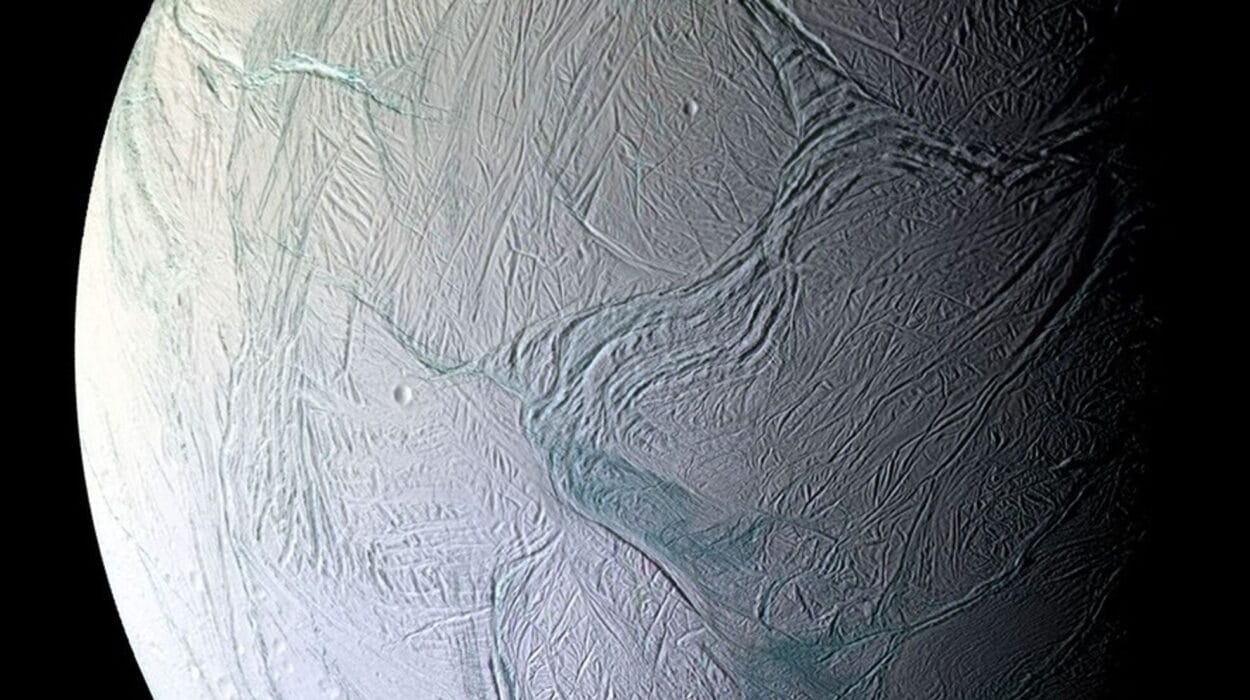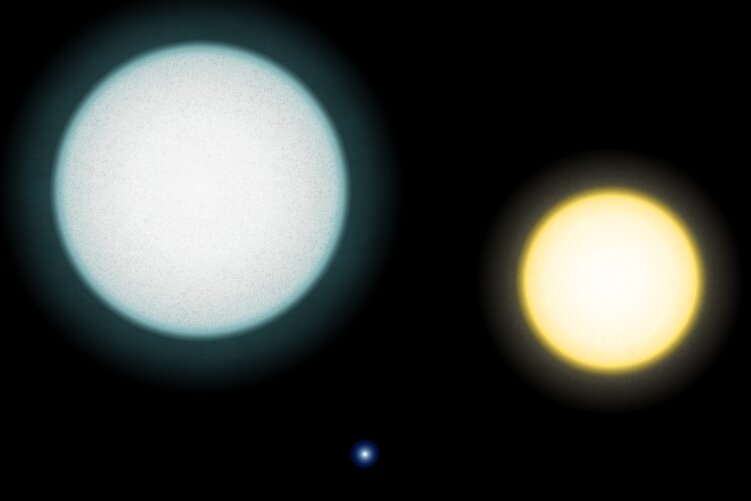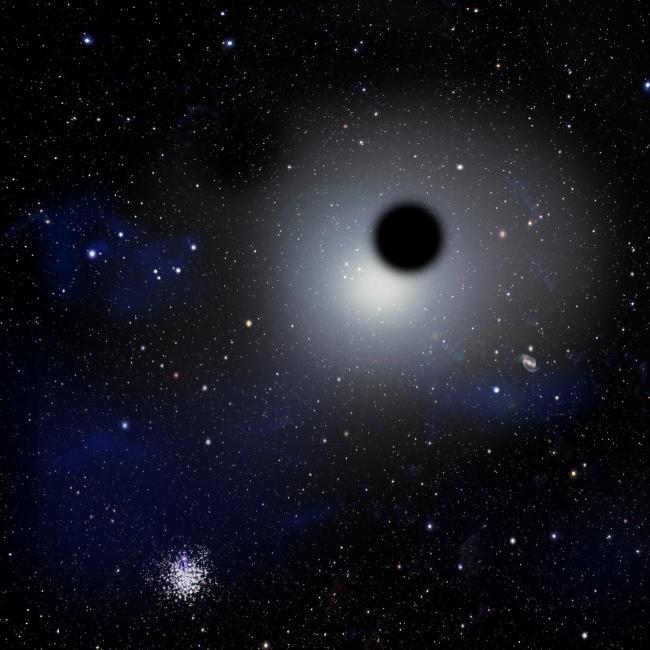In the early hours of Sunday morning, a moment of excitement and anticipation rippled through Cape Canaveral, Florida, as NASA and SpaceX successfully launched their 33rd commercial resupply mission to the International Space Station (ISS). The SpaceX Dragon spacecraft, carrying over 5,000 pounds of critical cargo, lifted off atop the Falcon 9 rocket from Space Launch Complex 40 at 2:45 a.m. EDT.
This mission is more than a routine delivery. It represents humanity’s relentless pursuit of knowledge and the ongoing effort to extend our presence beyond Earth. Every cargo mission to the ISS brings not only life-sustaining supplies for astronauts but also the cutting-edge experiments that will shape the future of space exploration.
Delivering Science for the Future
Acting NASA Administrator Sean Duffy highlighted the mission’s broader purpose: “Commercial resupply missions to the International Space Station deliver science that helps prove technologies for Artemis lunar missions and beyond.” Among the experiments aboard Dragon are initiatives designed to test the limits of human ingenuity, from 3D printing metal components in microgravity to bioprinting living tissues. These innovations could one day provide astronauts with on-demand tools and medical support during long-duration missions to the Moon or Mars.
For space enthusiasts eager to witness this journey, live coverage of Dragon’s approach to the ISS will begin at 6 a.m. on Monday, August 25, through NASA+ and other platforms including Netflix and Amazon Prime. The spacecraft is expected to dock autonomously at approximately 7:30 a.m. at the forward port of the Harmony module, where it will begin its critical mission.
Supporting Astronauts and Research
The Dragon spacecraft’s cargo goes far beyond basic food and supplies. It carries a variety of scientific experiments designed to advance knowledge in biology, medicine, materials science, and engineering. Among the highlights are bone-forming stem cells that may help researchers understand and prevent bone loss—a persistent problem for astronauts in microgravity.
Additionally, materials for 3D printing medical implants and nerve repair devices are on board. This research could have transformative applications for healthcare on Earth, particularly in treating injuries that are difficult to repair using conventional methods. The spacecraft also brings bioprinted liver tissue, allowing scientists to observe how blood vessels develop in a microgravity environment, deepening our understanding of organ growth and regenerative medicine.
Beyond biology, Dragon will also test the 3D printing of metal cubes in space, a key step toward manufacturing durable components directly in orbit. This capability could reduce the need to transport heavy materials from Earth, making long-term missions to the Moon and Mars more feasible.
Expanding Human Presence in Space
NASA’s research aboard the ISS is a cornerstone of its Artemis campaign, which aims to return humans to the Moon and prepare for future human exploration of Mars. By conducting experiments in microgravity, astronauts and scientists are developing technologies that will allow humans to live and work safely in space for extended periods. Each resupply mission strengthens the foundation for this bold vision, inspiring a new generation to dream about life among the stars.
Maintaining the Station’s Orbit
The Dragon spacecraft is also equipped with a reboost demonstration system to help maintain the ISS’s altitude. Using a separate propellant system to fuel its Draco engines, Dragon will perform a series of controlled burns starting in September. These maneuvers ensure the station remains in optimal orbit, ready to support ongoing science and crew operations. The system builds on prior tests conducted during the SpaceX 31st resupply mission in November 2024, further proving the spacecraft’s versatility.
Returning Knowledge and Discovery to Earth
Dragon will remain docked at the ISS until December, serving as both a laboratory and a delivery hub for astronauts. Once its mission is complete, it will return to Earth with valuable research results and cargo, splashing down off the coast of California. Each return brings not only new supplies but also data and discoveries that expand humanity’s understanding of the universe and improve life on our home planet.
A Golden Age of Innovation
The 33rd commercial resupply mission underscores NASA’s vision of a new Golden Age of space exploration. It exemplifies the synergy between public and private spaceflight efforts, demonstrating how collaboration can accelerate scientific progress and technological innovation. Every experiment, every delivery, and every success aboard the ISS brings us closer to realizing the dream of humans living and thriving beyond Earth.
From bioprinting tissue to 3D printing metals, from maintaining the station’s orbit to laying the groundwork for Artemis missions, this mission is a testament to human curiosity, ingenuity, and determination. It reminds us that space exploration is not just about rockets and laboratories—it is about imagining what is possible and making it real.
As Dragon glides into the station and begins its work, it carries not only supplies but also the promise of discovery, innovation, and inspiration that will resonate far beyond the confines of our planet. In the grand narrative of human exploration, missions like this one illuminate the path toward the stars and toward a future where the boundaries of our reach are limited only by the limits of our imagination.






